智能传感器雪刷
2023-10-09
What is Extreme Cold?
Extreme Cold is temperatures that are lower than historical averages to the point that it creates a dangerous environment for people, animals, and critical infrastructure. What constitutes as ‘extreme cold’can vary across different areas of the country as some regions are less accustomed to winter weather and freezes.
The United Nations says there has been an "alarming increase" in the number of extreme weather events globally over the past 30 years, and experts warn that climate change is "exacerbating" the problem, the Associated Press reported. Exposure to cold can cause frostbite or hypothermia, which can be life-threatening. Infants and the elderly are most susceptible.
What are the common manifestations of frostbite?
Frostbite refers to local or systemic damage caused by cold factors acting on the human body under certain conditions. A wind chill of -20 degrees Fahrenheit (F) will cause frostbite in as little as 30 minutes. Its clinical manifestations are generally redness, purpleness or swelling of the auricles, hands, feet and other parts, which may be accompanied by complications such as shock, infection, multiple organ failure, and in severe cases, limb necrosis, and even death.
Death rates from extreme cold are increasing
* A 20-year study has found that more than 5 million people worldwide die each year from excessive heat or cold conditions, and heat-related deaths are rising. The study, involving dozens of scientists around the world, found that 9.4% of global deaths each year are due to heat or cold exposure, equivalent to 74 deaths per 100,000 people.
* For years in which the two records overlap (1999–2015), accounting for those additional deaths in which cold was listed as a contributing factor results in a higher death rate—more than double for most years—compared with the estimate that only includes deaths where cold was listed as the underlying cause
* One of the study's lead researchers, Professor Yuming Guo of Monash University, said this trend will continue and overall mortality is likely to rise due to climate change. In recent years, U.S. winter mortality rates have been 8 to 12 percent
higher than in non-winter months. Much of this increase is related to seasonal changes in behavior and human body, as well as an increase in respiratory illnesses. Cold temperatures can also worsen pre-existing conditions such as cardiovascular and respiratory conditions. For example, the death rate from heart attacks increases as temperatures drop, possibly due to the cold's effects on circulation, blood vessels and other factors. 2 , 3 Even moderately cold weather increases the risk of death for many people. People exposed to extreme cold conditions can also suffer immediate effects such as frostbite and potentially fatal hypothermia, especially in places where people are not accustomed to cold temperatures.
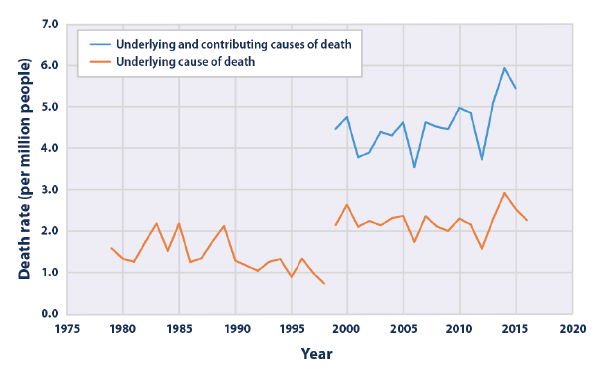
In order to protect everyone’s health and safety, Aido specializes in a sensor snow brush, which can induced the surrounding environment temperature in real time. When the temperature is too low, alarm is issued to remind everyone to return to the room.
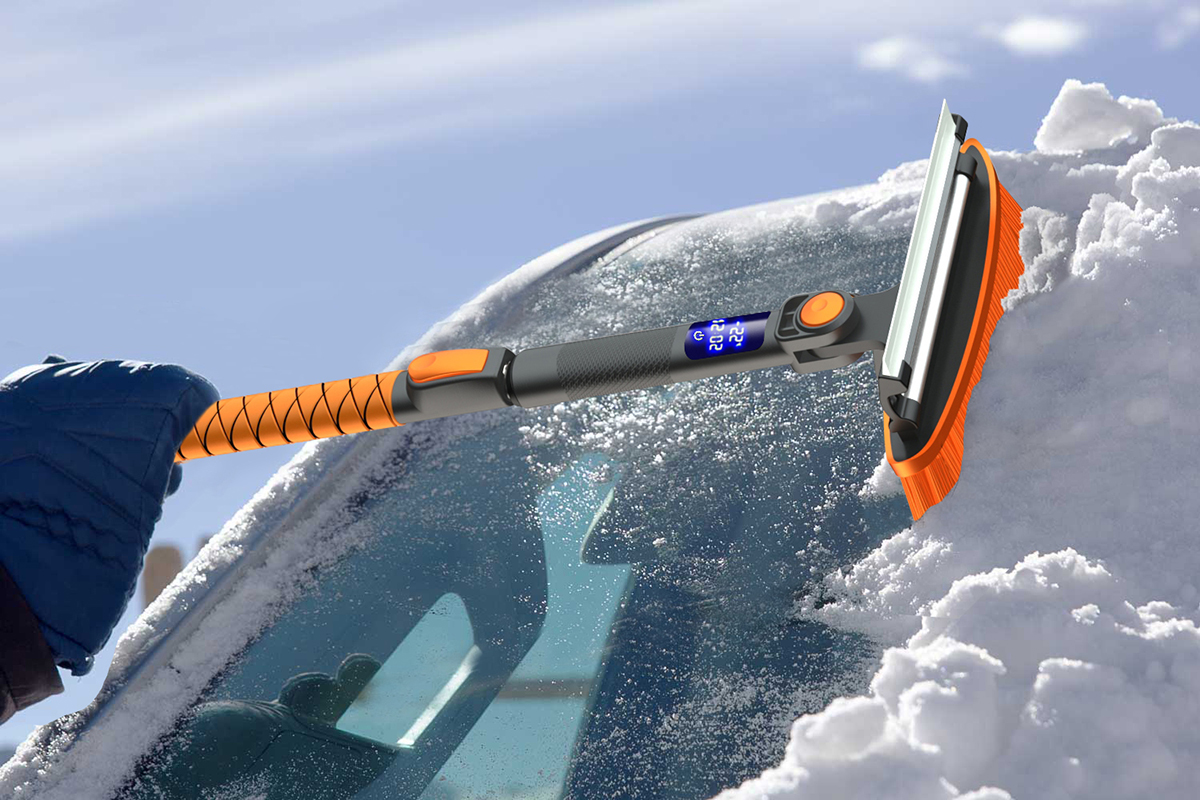
SMART SENSOR Remove snow brush——Ice shoveling/snow removal/wiping/defrosting/Temperature display/cellular alarm
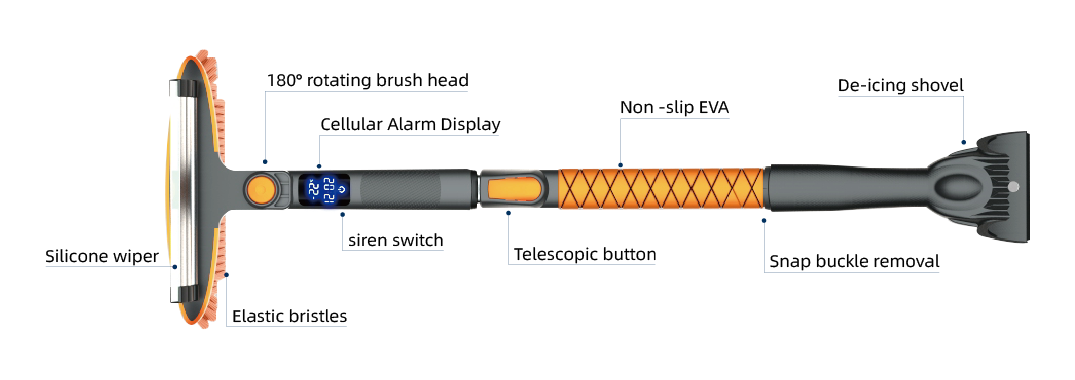
LCD sensor display:High -definition liquid crystal display, accurately monitor the current weather temperature and time. When the temperature is lower than -20 ° C, the countdown will be 30 minutes and the countdown will end in 30 minutes. The
display will perform a 1-minute honeycomb alarm to prevent long-term outdoor activities from frostbite.
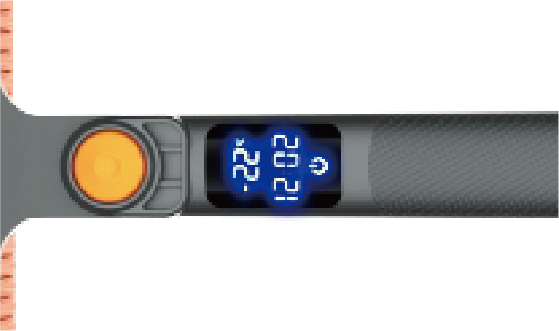
Three-stage disassembly:There are three sections of snap buckles for quick disassembly and easy carrying when going out.It can also reduce space during product transportation and reduce transportation costs.
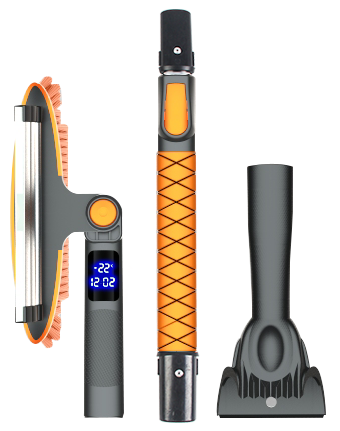
Three-section telescopic design:The three lengths can be expanded and contracted at will to easily clear snow from your car.


